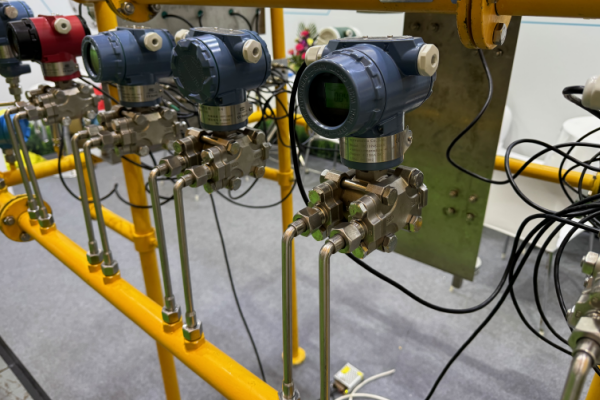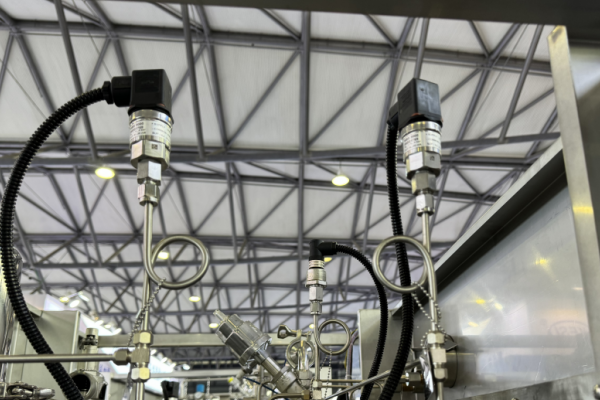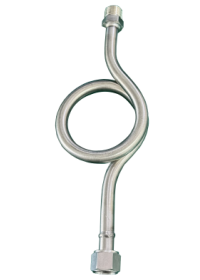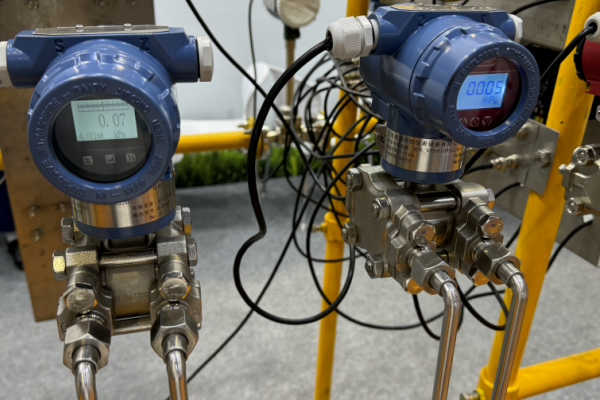Instrumentation impulse lines are small-caliber pipes commonly applied to connect process pipeline or tank with the transmitter or other instrument. As a medium transmission channel they are part of key link of measurement & control and could present several concerns for the design and layout. Comprehensive considerations and appropriate measures on design of impulse lines certainly helps ensure precise and effective measurement.

Installation length
Under the premise of other factors’ concern, overall length of a section of impulse lines from instrument to objective process is recommended to be kept as short as possible to optimize response time and minimize possibility of causing error. Particularly for differential pressure transmitter, length of two lines from high & low pressure port to the instrument is better to be the same.
Positioning
Positioning of impulse lines correctly is essential for precise readings in various measurement applications. The core thought is to avoid trapping gas in line for liquid medium or liquid in gas line. Vertical mounting is used when process medium is liquid that impulse lines run vertically from the process to the transmitter to allow any gas trapped in lines to be vented back into the process. When the process medium is gas, horizontal mounting should be applied to allow any condensate to drain back into the process. For DP-based level measurement, two impulse lines should be connected to high & low ports at different heights.
Material selection
Impulse line material is supposed to be compatible with the process medium to prevent abrasion, corrosion or degradation. Common default choice is stainless steel. Applications of other materials like PVC, copper or special alloys depend on the properties of medium.

Temperature and pressure
Impulse lines ought to be designed to endure the process operating temperature and pressure. Medium expansion or shrinkage in impulse lines caused by temperature fluctuation might result in unstable and inaccurate readings, which could be mitigate via insulating the lines. Helical extension section of the impulse line is a space-saving measure of extending overall length. Despite increased length might affect response time and other issues, it is an effective means of cooling the medium down and mitigate instantaneous high pressure overload to protect the transmitter.

Maintenance
Impulse lines should be designed for easy access to facilitate maintenance. Regular maintenance involves periodic blockages clean-up, leak inspection, check of heat insulation and so on. Such measures could help consolidate reliable and accurate operation in the long run. Regular check and calibration are recommend to be conducted on the instrument also.
Blockage and leakage
Blockage in impulse lines may occur owing accumulation of particles or medium freezing. Leak of medium could cause pressure loss and contamination. Proper structural design, regular inspection and choosing quality fittings and seals can help prevent the risks.
Pulsation and surge
Measurement errors may caused by pulsation vibration or pressure surges through the process lines. Dampener could effectively resist vibration, reduce pressure fluctuation, protecting the process from excessive wear. Use of three-valve manifold is able to isolate the transmitter from process during high pulsation periods.

Shanghai Wangyuan is an over 20 years experienced instrument manufacturer and supplier. Please feel free to contact us if you have any questions on instrument impulse lines, our senior engineers with extensive on-site trouble-shooting practices would provide optimum solution in no time.
Post time: Sep-19-2024



